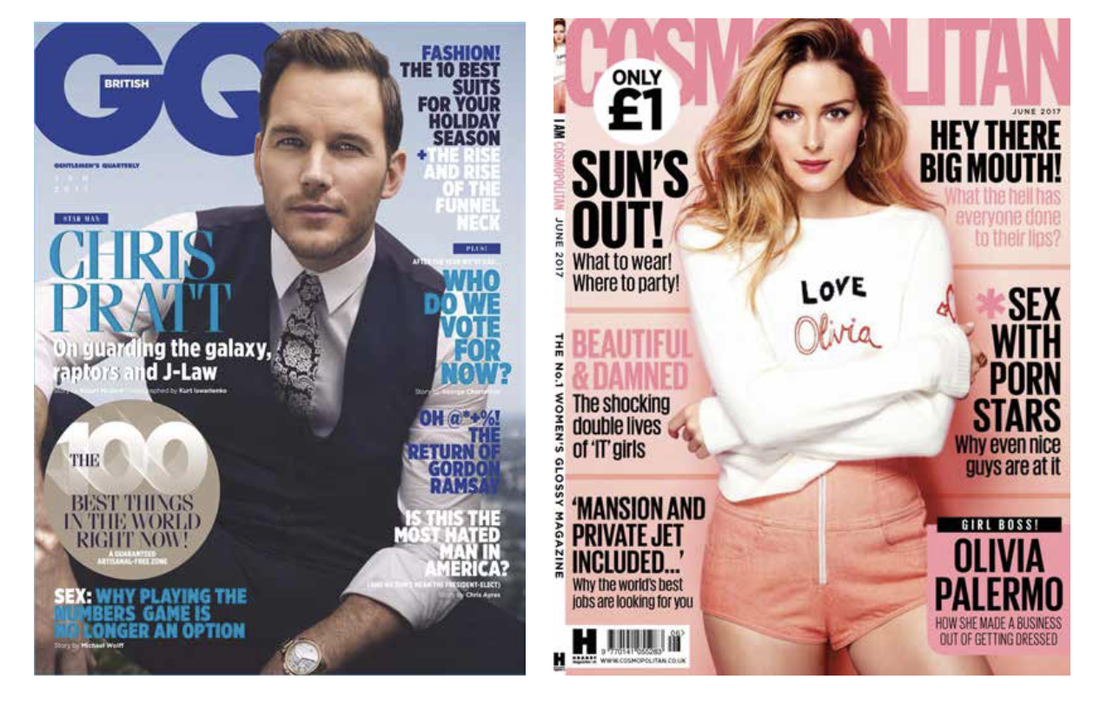What is Gender?
Style MagazinesThemes:
A Review of Laura Mulvey’s Essay – Visual Pleasure & Narrative Cinema.Mulvey argues that mainstream cinema is structured around a male gaze, wherein women are objectified for male pleasure. The camera often adopts a heterosexual male perspective, positioning women as spectacles rather than active participants in the narrative. She introduces two concepts: scopophilia, which refers to the pleasure derived from looking, and narcissistic identification, where male viewers identify with the male protagonist, who controls the narrative and desires the female character.
In her essay, Mulvey discusses the dynamic of women being passive and men being active. In Hollywood cinema, men drive the plot, while women primarily exist to be looked at, reinforcing traditional gender roles. Women serve two main functions in film: as erotic objects for characters within the story or as objects of desire for the audience watching the film. Drawing on Freud and Lacan's psychoanalysis, she suggests that men view women as a castration threat (as they possess the phallus). To cope with this anxiety, cinema either idealizes the female body, turning it into an untouchable beauty, or punishes her through narratives where women suffer or are controlled.
0 Comments
Leave a Reply. |
Archives
March 2025
Categories |
Site powered by Weebly. Managed by 34SP.com


 RSS Feed
RSS Feed